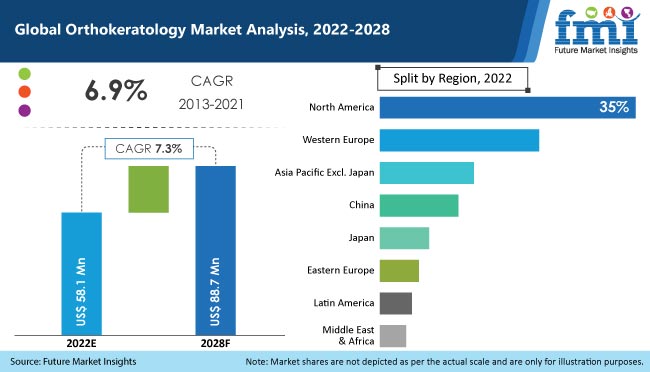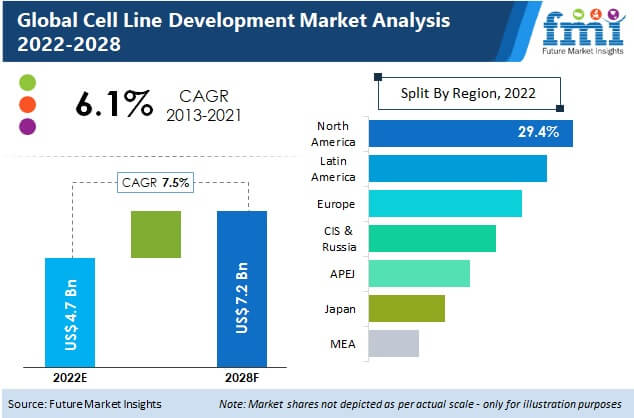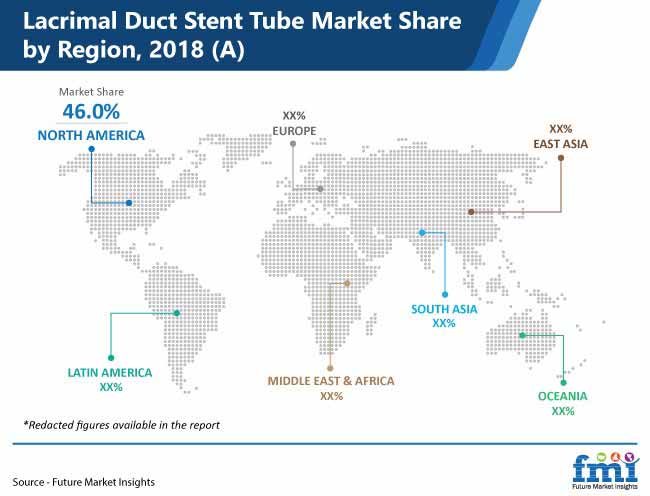The global sales of lead acid battery are set to be valued at over US$ 54.3 Bn in 2021, with a stable long-term projection, according to latest insights by Future Market Insights (FMI). The report has forecast the market to expand at over 5.2% CAGR between 2021 and 2031.
According to the market analysis by Future Market Insights, expansion of automotive production facilities to cover rural and other remote areas has led to the increasing demand for lead acid battery. Rapid technological advancements in production technologies are also projected to complement market growth over the coming years.
Request a Sample of this Report @ https://www.futuremarketinsights.com/reports/sample/rep-gb-54
Demand for lead acid battery is increasing with the rise in the volume of vehicle fleet in recent years. This can be attributed to an increase in aftermarket sales in regular interims for battery replacement.
The growing requirement has led to mass production and has increased importance of process automation in the lead acid battery market. The market is shifting towards industry 4.0 s, leading to the universal adoption of new production technologies.
There also is an increasing demand from other industries for deployment of lead acid battery. Increasing number of players focusing on research and development related to lead acid battery is anticipated to have a significant contribution towards market growth in the years to come.
Key Takeaways from Lead Acid Battery Market Study
- Flooded battery is projected to hold over 49% of the global market share in 2021 in terms of product type, supported by superior configurations.
- Transportation is projected to hold over 56% of the overall market share as leading segment in terms of application by 2031-end, supported by increasing investments in electric vehicles production.
- China will remain a chief market, backed by rising demand from the automotive industry. It is expected to account for over 57.3% of demand registered in East Asia in 2021.
- The markets India is set to surge at around 6% CAGR over the next ten years.
- Germany is emerging as a key market in Europe, accounting for over US$ 2,509.4 Mn in 2021, driven by expansion of the automotive industry.
“The lead acid battery market is growing at a strong pace, driven largely by increasing demand for energy efficient solutions across automotive sector. The increasing demand for electric vehicles will create extensive opportunities for manufacturers. Key industry participants have been focusing product diversification to offer energy efficient solutions and gain a competitive advantage,” says a Future Market Insights analyst
Ask An Analyst @ https://www.futuremarketinsights.com/ask-the-analyst/rep-gb-54
Competitive Landscape
The lead acid battery market is highly competitive at regional as well as global levels, and highly consolidated in nature. These players are likely to invest in new technology developments and expansion of their networks in order to maintain their market shares.
Some of the key players in this industry include but are not limited to Furukawa Electric Co., Ltd., Narada Power Source Co. Ltd., Clarios, Leoch International Technology Ltd., Enersys, Exide Industries Ltd., GS Yuasa Corporation, East Penn Manufacturing Co., Chaowei Power Holdings Limited., and others.
Find More Valuable Insights
The research report analyzes demand for Lead Acid Battery. The global Lead Acid Battery market has been analyzed with the COVID-19 impact, various macroeconomic factors, market trends and market background. As per Future Market Insights, the market has been analyzed on the basis of product type, power source, and region. The report provides qualitative and quantitative information on various players in this market. This report also tracks the market by both, supply side and demand factors.
Key Questions Answered in the Report
- What is the current valuation of lead acid battery market?
- At what rate did the lead acid battery market expand in the last 5 years?
- What is the lead acid battery market demand outlook?
- What are the key trends prevailing in the lead acid battery market?
- What are the key factors driving Lead Acid Battery sales?
- What is the North America Lead Acid Battery market outlook?
- What is the cumulative share of the top companies in lead acid battery market?
- At what rate will the lead acid battery market grow in Europe?
- Which are the top 5 countries exhibiting high demand for lead acid battery?
- At what rate will the Japan lead acid battery market grow?
Buy Complete Report @ https://www.futuremarketinsights.com/checkout/54
Contact Us:
Future Market Insights
Unit No: AU-01-H Gold Tower (AU), Plot No: JLT-PH1-I3A,
Jumeirah Lakes Towers, Dubai,
United Arab Emirates
For Sales Enquiries: sales@futuremarketinsights.com
For Media Enquiries: press@futuremarketinsights.com
Website: https://www.futuremarketinsights.com



